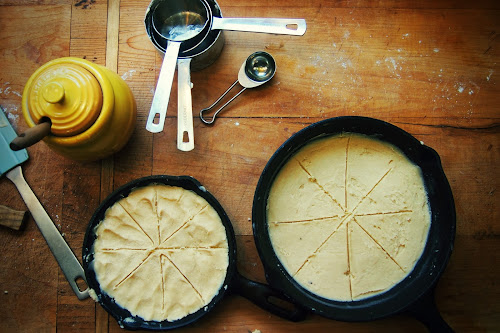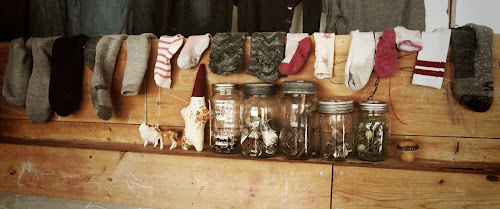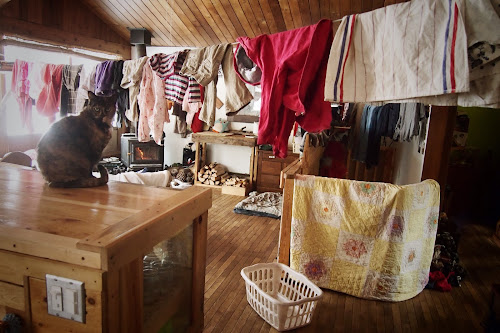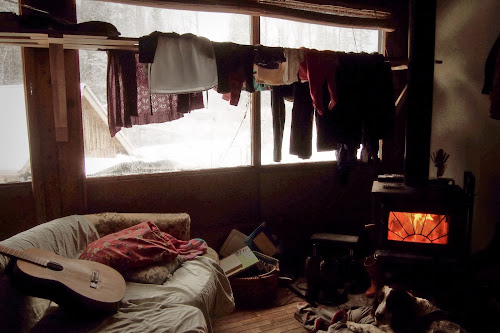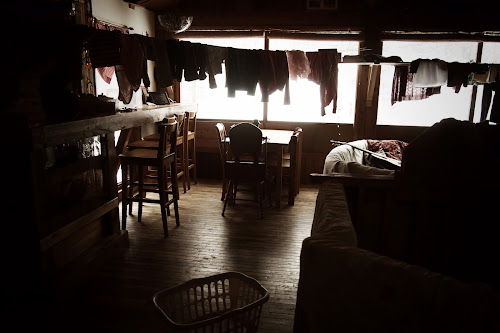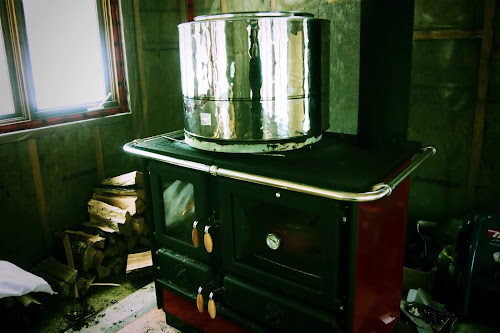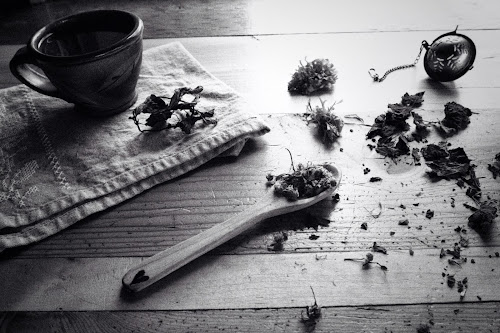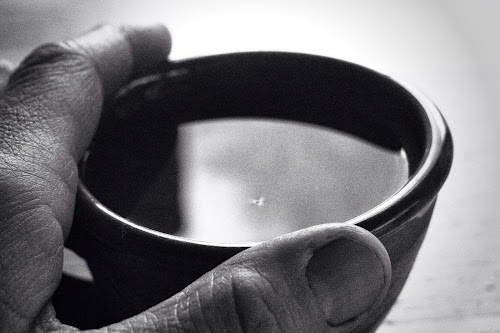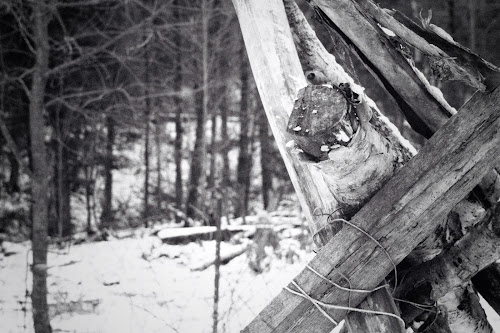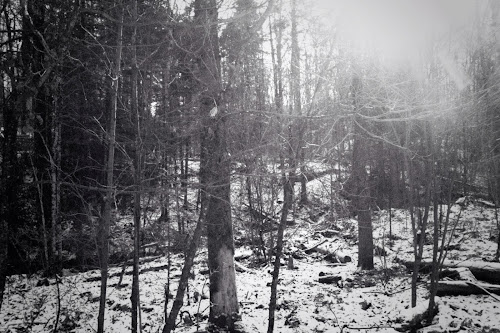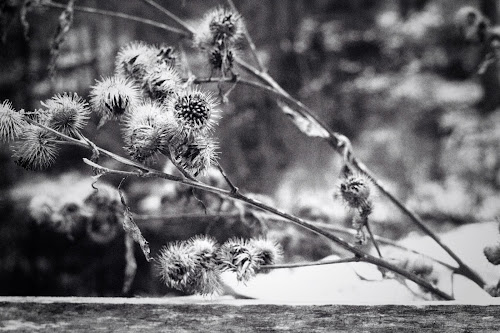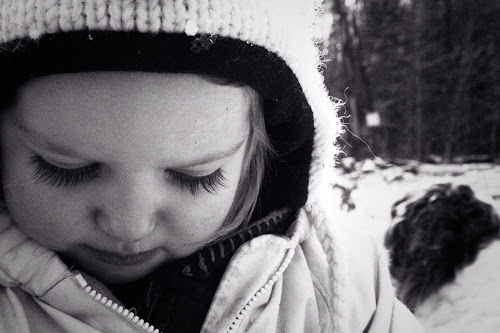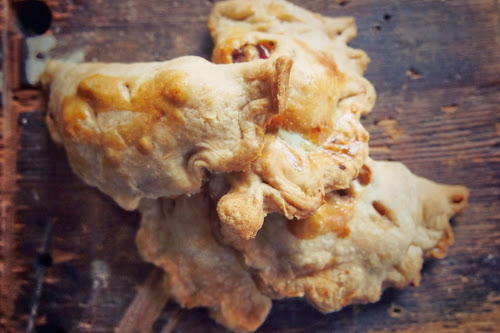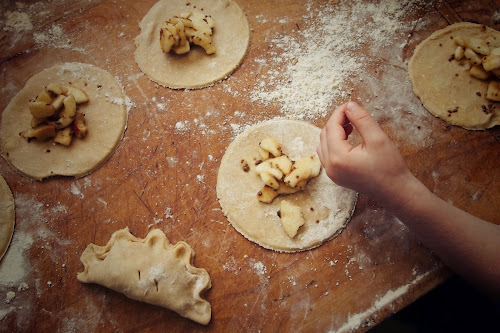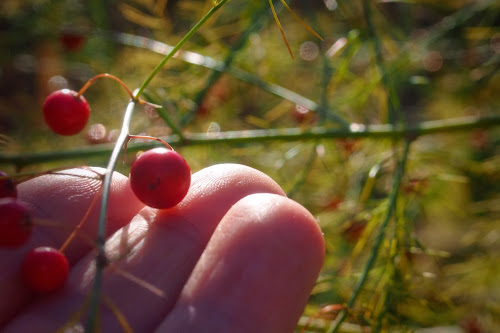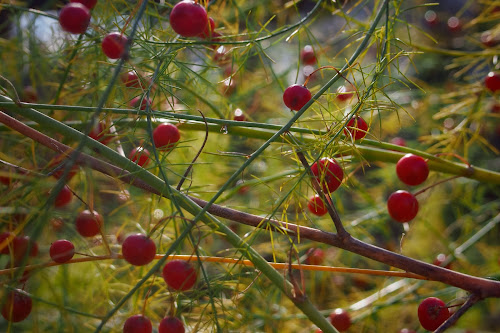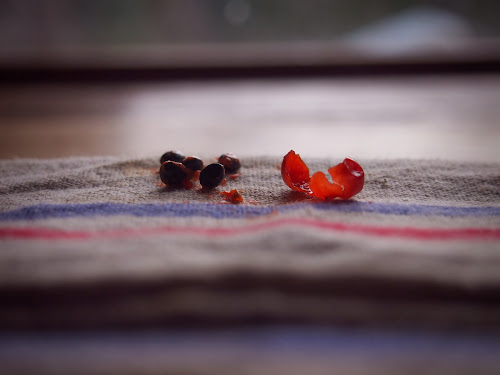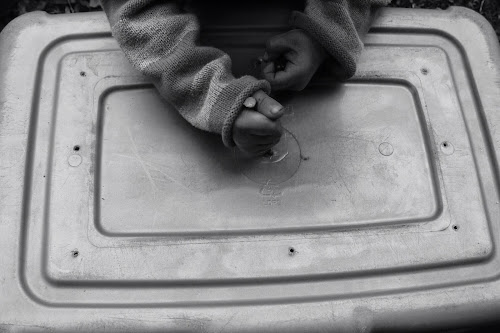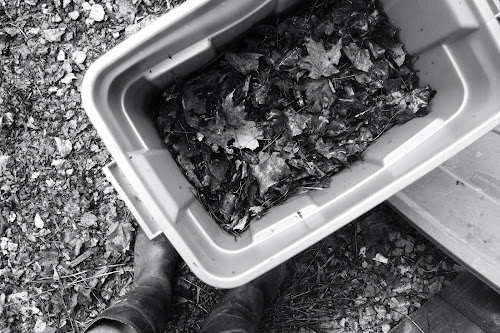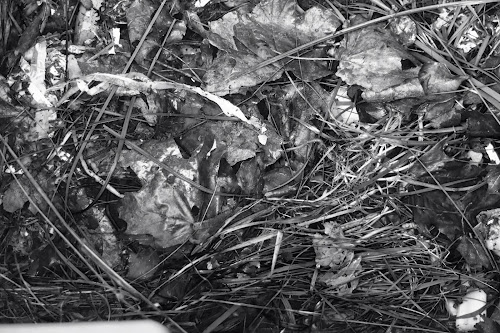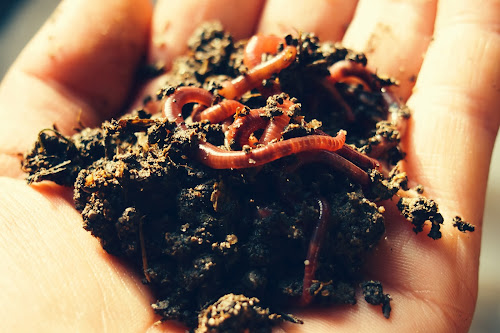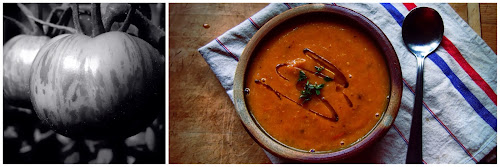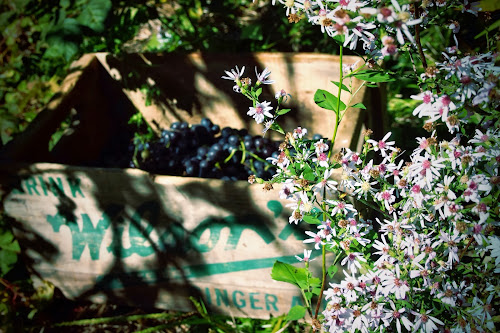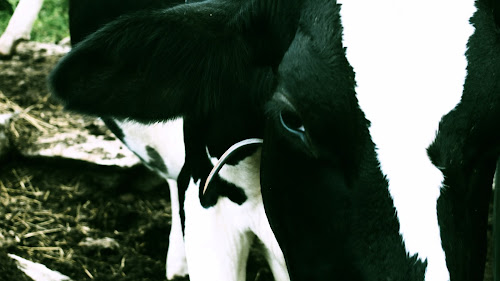I thought I would miss my dryer when it died.
We knew it was coming; it had a horrible squeak when it ran,
and gradually took longer to get started.
Eventually, it just stopped drying clothes,and we deemed it not worth repairing.
At first I did miss it.
I guess for the most part it was the convenience that I missed;
if you needed something dry now, you could run it through the dryer and have it ready in a matter of minutes.
It was also missed for it's ability to dry the cloth diapers thoroughly.
It's been two years now without a dryer.
It wasn't missed for long.
It just took a while to get into a rhythm and working out drying details.
We have an outdoor clothes line that Andrew installed within the first year of moving into our home, which was about 9 years ago.
The second was put up shortly after the loss of the dryer.
Since then, two more lines have been added indoors.
One is a line that goes through the middle of our living room, which I usually only fill before bed and empty early morning.
The other line is the seed shelf that Andrew built last spring for holding my seedlings.
The woodstove really does work wonders for drying clothes.
If it wasn't for the woodstove it would be slower.
I can do three large loads of laundry in the evening, fill all the lines in the living room and have it all dry by morning.
The most difficult time for me to dry laundry is during the hot
and humid summer days.
If I get too far behind on these humid days I sometimes hang the clothes indoors and light the woodstove.
Some may call that crazy for making it hotter.
But the temperature doesn't normally rise much.
What it does is dry my clothes and also cuts the humidity in the house.
We also started to be more mindful of what was actually dirty before just throwing it into the dirty clothes pile. (Yes, a pile, not a hamper.)
Now that we're diaper free, (yay!) the laundry has been cut back even more.
This past year I dried more inside than outside.
There just wasn't that much prime drying weather.
The key to going without a dryer is having the right kind of set up in your home.
For me it's lots of lines and a running the woodstove.
By the way,
I felt it was appropriate. ;)

